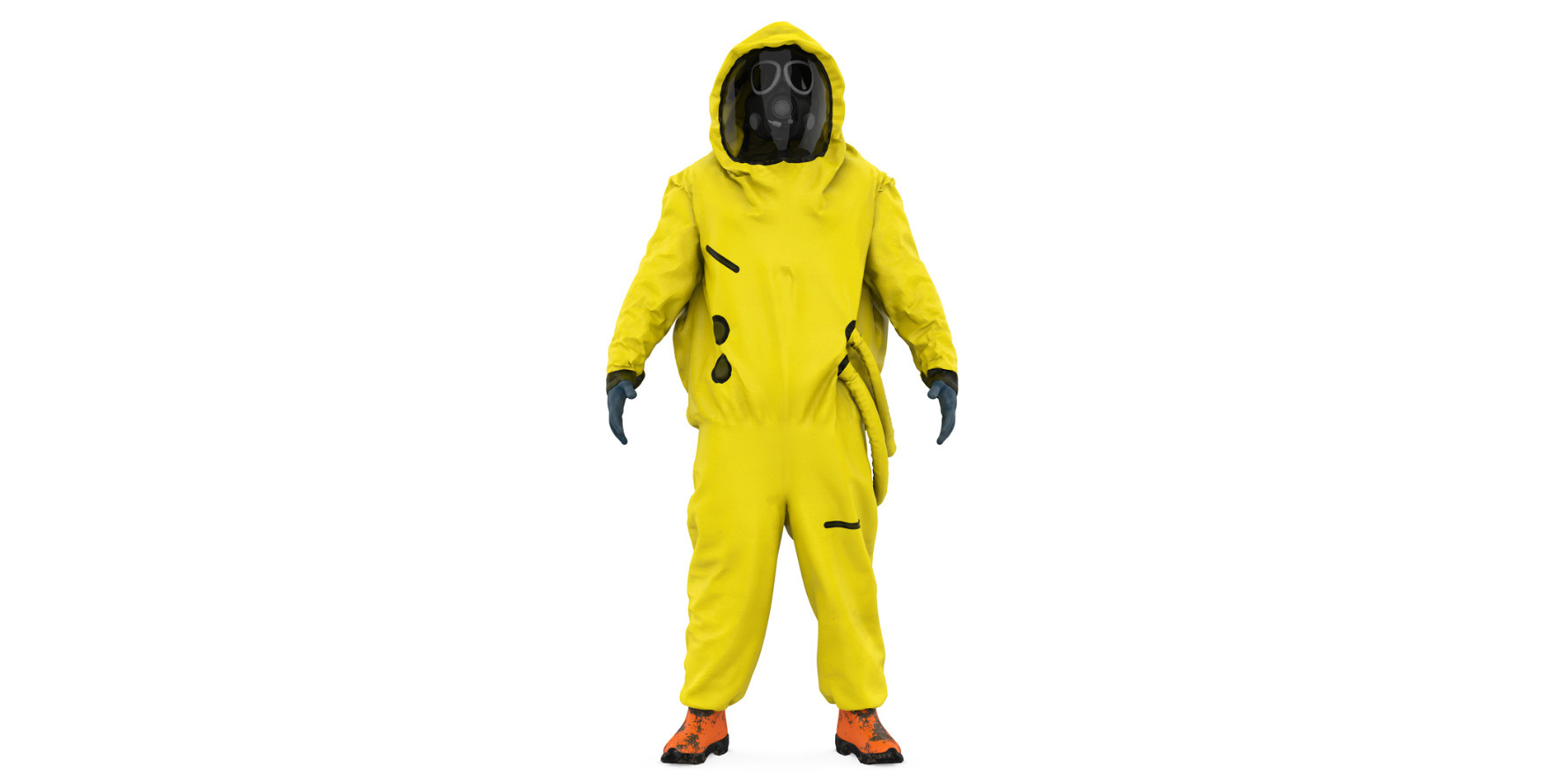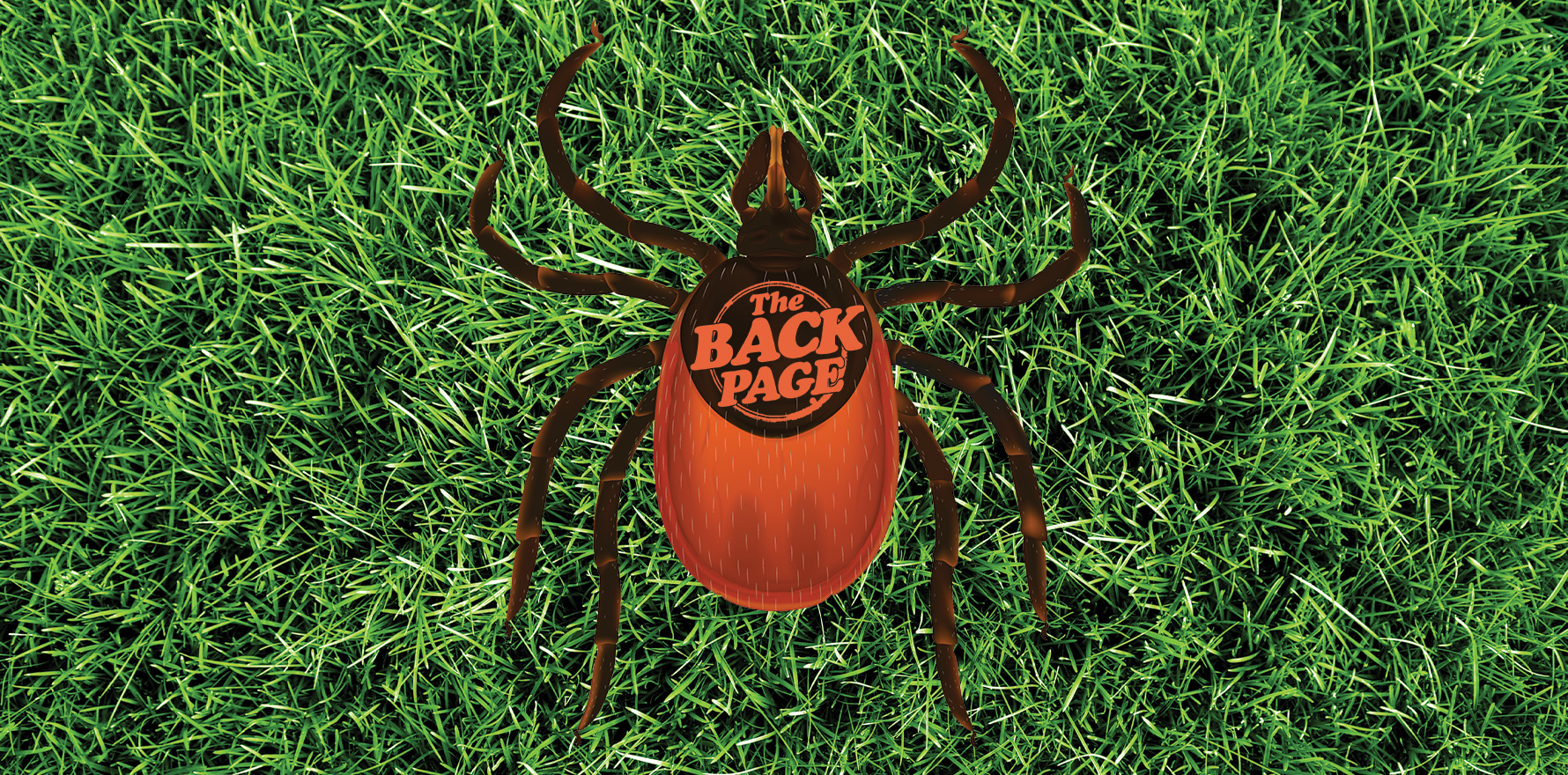Planning a European holiday? Ditch the strappy sandals, sundresses and perfume for long sleeves and insect repellent.
It’s summer in Europe and Australians are heading over for football, festivals and weddings in picturesque locations.
Even the best prepared are unlikely to have considered the risk of being bitten by ticks and possibly contracting tick-borne encephalitis (TBE) – a disease of the nervous system caused by a virus (Flavivirus genus, Flaviviridae family) and spread by Ixodes ricinus ticks, or borreliosis (Lyme disease), a bacteria transmitted by Ixodes ricinus and I. persulcatus ticks.
Holidaymakers are unlikely to prefer frolicking through romantic wildflower meadows with their trousers tucked into their socks, or carrying tick tweezers in the middle of Berlin with the other football fans as they wander through Tiergarten Park.
But tick-borne illnesses are even less romantic, according to the public health advice for travellers attending UEFA EURO 2024.
“While you’re outdoors, remember that ticks are most active from April to September. Ticks aren’t just in forests; they can also be in city parks, gardens and backyards – anywhere you might be enjoying the football matches or surrounding festivities,” says the advice issued by the European Centre for Disease Prevention and Control, the German Federal Centre for Health Education and the WHO.
“Ticks can transmit diseases that may result in severe chronic conditions or even death, such as borreliosis (Lyme disease), or tick-borne encephalitis.”
To reduce the risk of being bitten by ticks, it says:
• avoid walking in wooded and bushy areas, including off trails;
• If you are in a bushy area or have been staying in a park:
◦ wear clothes that cover most body parts such as long sleeves and long trousers;
◦ tuck trouser legs into socks so that ticks cannot crawl up inside;
◦ wear light-coloured clothes to help you find ticks easily on clothes;
◦ use approved insect repellents on the skin and/or clothes following instructions – insect repellent should be applied on a child by an adult; and
• Regularly check clothes and skin for ticks, especially after outdoor activities.
And while you’re at it, avoid drinking unpasteurised milk, which is also a possible route of infection.
The risk of serious disease is small, but it’s growing. “TBE has become a growing public health challenge in Europe and other parts of the world. The number of human cases of TBE in all endemic regions of Europe has increased by almost 400% in the last 30 years; the risk areas have spread and new foci have been discovered,” according to the European Centre for Disease Prevention and Control.
Two-thirds of people bitten by a TBE virus-infected tick have no symptoms, but 20-30% will develop flu-like symptoms seven to 28 days after being bitten, for about a week. An unlucky third of these (most often aged over 50) will initially feel better but then suffer a much worse relapse. They can experience headaches, cranial nerve palsies, aseptic meningitis, seizures, muscular paralysis, and encephalopathy. Mortality rates are low for European strains (0-1.4%).
The numbers are still low, but Germany recorded the second highest number of reported cases (554 per 100,000) according to the ECDC surveillance report on 2022 data, released last month. (Czechia was first with 709, Sweden third with 465. Lithuania and Estonia have consistently high rates.) Most cases occur between June and November, with the highest number in July.
There is no treatment, but there are vaccines.
The advice recommends TBE vaccination “in Germany for travellers in areas with a special TBE risk, who are likely to have any contact with ticks. An overview of the current TBE high-risk areas in Germany is available from the Robert Koch Institute website: here.”
But that’s not so easy for Australians because the vaccines, FSME-Immun and Encepur, are not approved by the TGA. That means the only way to get one is through application to the TGA via the special access scheme Category C. Three doses are recommended, with an initial dose followed by a booster at one to three months and another at nine to 12 months. If a patient hasn’t planned that far ahead, accelerated dosing is at zero, seven and 21 days, followed by a booster at 12-18 months. Each dose costs around $200..
Related
There is no vaccine yet against Lyme disease, and treatment of symptoms is through antibiotics. Only 3-12% of people bitten by an infected tick in Europe will develop Lyme disease, and around 5-40% of ticks in areas of risk could be infected. About 4-8% of infected people have cardiac problems, 11% have neurological effects, and 30-60% develop arthritis.
As with TBE, it all starts with flu-like symptoms, followed by erythema multiforme, either as an expanding spot or surrounded by a clear area encircled by a rash at around 14 days. This is followed by multiple lesions, sometimes neurological symptoms (headache, mild neck stiffness, lymphocytic meningitis, facial palsy), cardiac issues, or brief attacks of large joint oligoarthritis. The final stage can occur months after initial infection and can include rheumatological diseases, neuroborreliosis, spinal radicular pain, distal paraesthesia, peripheral neuropathy, subtle cognitive disturbances, intrathecal antibody production, very rarely cerebrospinal fluid pleocytosis, and a rare skin condition called acrodermatitis chronica atrophicans.
The highest incidence of disease is seen in children aged five to nine and over-50s.
“The duration of tick attachment is one of the most important predictors of subsequent Lyme disease, with infection more likely the longer a tick is attached to the skin,” according to the Australian Government Guidance Note on overseas-acquired tick-borne Lyme disease.
“When traveling to a Lyme disease endemic area, using the Australian method to manage tick bites by killing ticks where they are and without delay will help prevent infection with Lyme disease as well as preventing tick-induced allergies.”
Of course, tick nymphs, which do most of the infecting, are tiny and very hard to see.
Perhaps it’s time to ditch the Eau de Cologne in favour of that bug spray scent after all.





